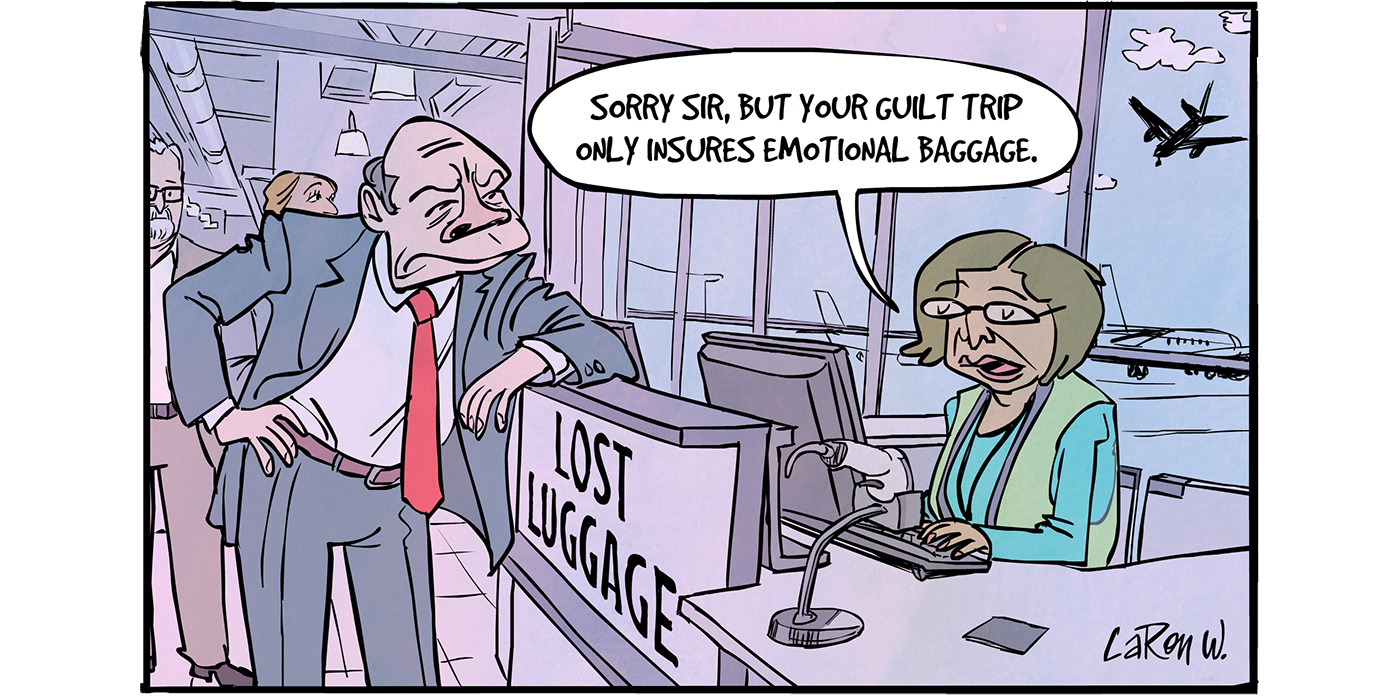I attended my first SA meeting in 1988 at a Methodist church in Nashville, Tennessee. At the time, Roy had nine years of sexual sobriety. Back then, the definition of “old-timer” was three years of sobriety. Roy was years ahead of the “new” old-timers. When Roy died this past September at the age of 82, he had more than 25 years of sexual sobriety. His life and his sobriety were a gift to us all.
I first got to know Roy through the White Book and the ESSAY. At the time the White Book was an 8 1/2 by 11-inch perfect-bound white cover edition. I still have my first copy with its smudged covers and torn binding.
I also still have in my files the cover of the April 22, 1974 issue of Time magazine that Roy mentions in “A Personal Story” (SA 20). After Roy read the cover story of that Time issue, entitled “The New Alcoholism,” he got up and called Alcoholics Anonymous. He attended his first AA meeting that night, as a possible program of recovery for the “sex drunk.”
I too was touched by that article when it came out. For a number of years I had been concerned that I could not relate to any woman without having sexual thoughts about her. While I did not yet identify myself as a sex addict, I felt there was something important in that article for me.
Roy’s identification of sexaholism as a spiritual disease also echoed my own experience. His description of his attraction to “Azura—the Queen of Magic” (SA 10) fit me perfectly, although I used another fairy-tale female as my object. His 18 suggestions for “Overcoming Lust and Temptation” (SA 157) were helpful to me in my early sobriety. I would write a paragraph on one section per day in my journal. When I completed Number 18, I went back to Number 1 and started over. I was grateful for that exercise.
Twenty years ago there was an effort to mail the ESSAY newsletter to everyone who wanted a copy. Each issue included articles written by Roy and others. I read every issue and found the articles to be helpful to my recovery.
During my first year in the program, the White Book was being edited by Roy and an editorial committee of three—including Nashville’s Jean P. I remember looking at Jean’s marked-up copy one day after an SA meeting and thinking she had some helpful suggestions. For example, she suggested replacing gender-limited language in “What is a Sexaholic and What Is Sexual Sobriety?” (SA 202) so that women would feel more included. The current form of Sexaholics Anonymous (published July 1989) was the result of the group effort of that editorial committee.
In 1990, I attended my first International SA Convention, in Nashville. I managed the literature table for the event and was glad to have the new copies of the newly edited Sexaholics Anonymous as well as Member Stories 1989 to sell along with AA literature and our SA pamphlets.
I remember that in Roy’s Saturday evening talk to the fellowship, he shared the agony he experienced in having his ESSAY pieces shortened or changed by editors. As a writer myself, I could understand the struggle with having my carefully drafted prose being modified or even cut. However, Roy understood the value of the group editorial process in improving the final version for the good of the fellowship. I remember thinking this was Tradition Two in action: “. . . Our leaders are but trusted servants; they do not govern.”
At the Chicago conference in 1992, Roy announced that he would step back from Central Office management. It was a slow process to move the decisions for what was to become the SA International Central Office (SAICO) from Roy and the secretary in California to a committee of seven halfway across the country. However, the Northridge, CA earthquake accelerated that process. Damage to the building that housed SA led to a decision to move the office to Nashville in 1994.
The Central Office Oversight Committee facilitated this move. We flew Roy and his wife to Nashville to participate in decisions regarding the new office. As it happened, the two of them stayed in my house. I was thrilled to be their host. I was blessed to be able to serve them meals and spend time talking with Roy and his wife about the SA fellowship and about themselves.
Roy frequently ended our talks with a prayer. His desire to connect with God was powerful. At times he seemed to feel that he fell short in this connection—yet his writing and work for SA were clear evidence of God working through his life, day after day.
Roy cared passionately for the suffering sexaholic. Over the years, he would regularly develop a “magic bullet” for suffering sexaholics. That is, he would have an insight into a way of working the Steps, or of using the early AA experiences, or of using prayers or some other technique for becoming and remaining sexually sober. He wanted something to work for the struggling sexaholics—and he persistently sought God in these matters. He strongly desired to connect with the power of God in all things.
As SAICO developed, Roy focused more on writing other literature, speaking, and working with sexaholics in the Los Angeles area. We lost touch for a while. Thus, in October 2008, I was happy when Roy called one day to talk and to clear up any lingering tensions there might have been between us. While he would not talk about his illness, I knew from others that he was struggling. What we did talk about was our relationship with God, our desire to have our common welfare come first, and our mutual willingness to clean up anything which separated us.
At the end Roy asked me if I had any final thoughts for him. I said only that I think he sometimes missed knowing how much people cared for him and how grateful we have been that God used him in forming SA. I hoped that he would experience that more deeply in the months to come. With that, we said goodbye.
With Roy’s passing has come new awareness of my gratitude. The sponsor Roy wrote about in his story (SA 23) was Chuck C., the author of the AA pamphlet “A New Pair of Glasses.” To know that we in SA benefit from the legacy of Chuck C. is thrilling. Chuck’s advice to Roy in the midst of a bout of anger with his wife to “sit down and eat your supper” (SA 164) is an immense gift to couples in our fellowship. Having listened to Chuck’s tapes many times, I could hear Chuck C. in Roy’s messages.
Roy often said he did not like the title of “founder.” Yet he filled the same role in our fellowship that Bill W. filled for Alcoholics Anonymous. While other sexaholics helped spread the fellowship far and wide, Roy was most certainly the central figure in founding SA as we know it. He was part of God’s plan to spread hope and a chance to recover from a serious illness to thousands of others through Sexaholics Anonymous. For this we can never be sufficiently grateful.
David M., Portland, OR






